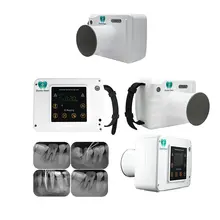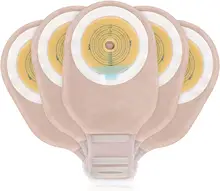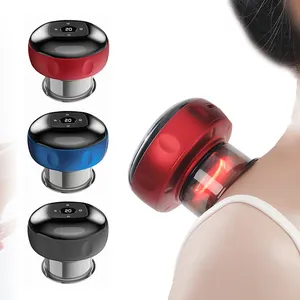Exploring Cupping Therapy with Vacuum Machines
Cupping therapy, an ancient form of alternative medicine, has gained modern traction through the use of cupping hijama cups vacuum machines. This category encompasses devices designed to create suction on the skin, a technique believed to promote healing and relaxation. The application of a vacuum cupping set can be seen across various therapeutic settings, offering a non-invasive solution to those seeking relief from muscle discomfort and skin conditions.
Types and Applications of Cupping Machines
The diversity in cupping therapy sets caters to different needs and practices. From manual to automatic systems, these machines are crafted to suit professional healthcare environments as well as for personal use at home. The application of a vacuum therapy machine spans across addressing muscle stiffness, enhancing circulation, and even aesthetic improvements such as the reduction of scars and stretch marks.
Features and Materials
A cupping hijama cups vacuum machine typically includes a range of cup sizes made from materials like silicone or plastic, ensuring durability and flexibility. The design of a vacuum suction cupping device is engineered to provide consistent pressure, with features that allow for adjustments to suit individual comfort levels and treatment requirements.
Advantages of Vacuum Cupping
Utilizing a cupping hijama cups vacuum machine can offer several benefits. The suction effect not only targets muscle relaxation but also engages the nervous system, potentially leading to deeper bodily relaxation. The enhanced blood flow facilitated by a vacuum cupping machine aids in cellular repair and detoxification, contributing to overall wellness.
Considerations for Use
While the advantages of using a cupping hijama cups vacuum machine are notable, it is important for users to consult with healthcare professionals, especially if pre-existing health conditions are present. The practice of cupping should be approached with care, and the use of a cupping therapy vacuum machine should be aligned with appropriate health guidelines.
Conclusion
The cupping hijama cups vacuum machine represents a bridge between traditional healing methods and contemporary wellness practices. Its use in stimulating therapy and promoting health without invasive intervention makes it a valuable addition to various therapeutic regimens. As a facilitator of enhanced circulation and relaxation, the vacuum cupping therapy approach continues to be embraced within holistic health circles.
































 浙公网安备 33010002000092号
浙公网安备 33010002000092号 浙B2-20120091-4
浙B2-20120091-4